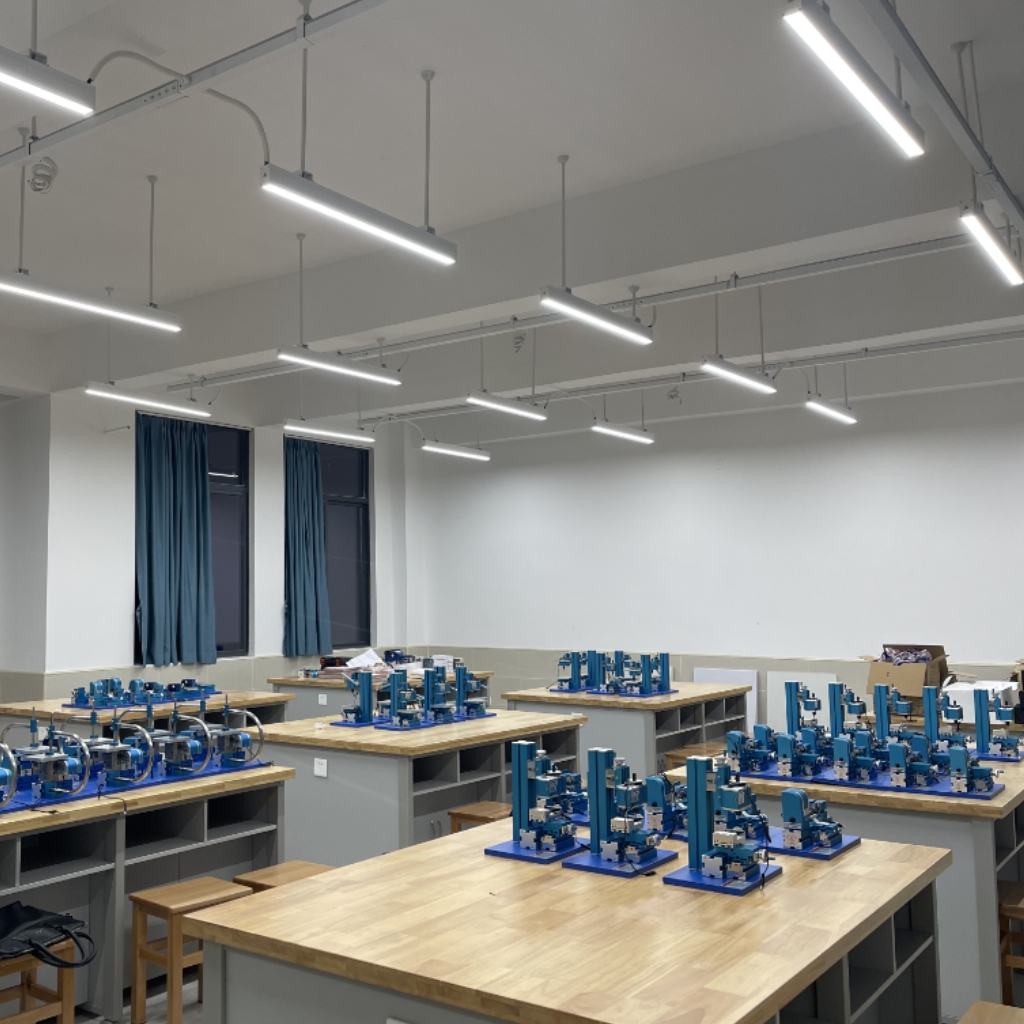Blog
Xendoll has 22 years of experience in the production of small machine tools. We will help you choose the suitable machine and share our experience in CNC machining with you.
 Sep 22, 2025
Sep 22, 2025

 10
10
The lathe stands as one of the most ancient and foundational machine tools in human history, often hailed as the "mother of all machine tools." From crafting intricate wooden spindles to machining precision metal components for aerospace, its versatility is unmatched. But for those new to machining, a common question arises: What is a lathe actually used for? At its core, a lathe is used to shape material by rotating it against a stationary cutting tool. This simple principle enables a vast array of manufacturing and creative processes. Whether you're a mechanical exploring a new project, a distributor supplying educational equipment, or an industrial professional, understanding the lathe's capabilities is essential. This article will break down the primary uses of this indispensable tool.

A lathe's functionality comes from its ability to perform several fundamental operations. By combining these operations, incredibly complex parts can be created from a simple block of material.
1. Turning: Creating Cylindrical Shapes
This is the most basic and common lathe operation. The workpiece rotates, and a single-point cutting tool moves parallel to the axis of rotation, removing material to reduce the diameter of the workpiece. This process is used to create consistent cylindrical shapes like shafts, rods, and pins. When performed on the outside surface, it's called external turning or straight turning.
2. Facing: Creating a Smooth Flat Surface
Facing is used to create a smooth, flat surface on the end of a cylindrical workpiece. The cutting tool moves perpendicular to the axis of rotation, trimming the end face to a specific length and ensuring it is square to the axis. This is a crucial first step for many projects to establish a reference surface.
3. Drilling and Boring: Creating and Enlarging Holes
While a drill press is common for drilling, a lathe offers superior precision for creating axial holes. A drill bit can be held in the tailstock and fed directly into the center of the rotating workpiece. Boring is the subsequent process of enlarging or refining an existing hole to an exact diameter with a high-quality surface finish, something very difficult to achieve with a hand-held drill.
4. Taper Turning: Producing Conical Shapes
A taper is a uniform change in diameter along the length of a workpiece. To create a taper, the cutting tool is fed at an angle to the axis of rotation, rather than parallel to it. This is essential for creating parts like machine tool spindles, Morse taper shanks for drill bits, and conical fittings.
5. Threading: Cutting Screw Threads
Lathes are exceptionally proficient at cutting precise screw threads, both internal (inside a hole) and external (on a shaft). The tool is ground to the specific shape of the thread (e.g., V-shape for metric threads) and moved along the rotating workpiece at a precise rate, governed by the lathe's lead screw, to create the spiral thread form.
6. Knurling: Providing a Better Grip
Knurling is a process that imprints a diamond-shaped or straight-line pattern onto the surface of the workpiece. This is not done for dimensional accuracy but to create a roughened, textured surface that provides a better grip. This is commonly seen on tool handles, thumb screws, and mechanical knobs.
7. Parting (or Cutting Off)
Parting uses a specially shaped, narrow cutting tool to cut a workpiece in two, severing a finished part from the main stock bar. It requires precision and rigidity to ensure a clean cut and avoid tool breakage.
The functions above make lathes indispensable across numerous fields:
Metalworking and Industrial Manufacturing: This is the lathe's traditional home. It's used to create everything from engine components and hydraulic fittings to fasteners and precision instruments.
Woodworking: Wood lathes are used by artisans and hobbyists to create beautiful and functional objects like table legs, baseball bats, bowls, and pens.
Education: Technical schools, universities, and STEM programs use mini lathes and benchtop lathes (like those from Xendoll) to teach fundamental principles of engineering, manufacturing, and design thinking in a hands-on, safe environment.
Automotive Restoration: Enthusiasts rely on lathes to recreate obsolete parts, machine brake rotors, and repair engine components for classic cars.
Model Engineering and Hobbyist Machining: This is a growing market where precision mini CNC and manual lathes shine. Hobbyists use them to build model steam engines, clocks, robotics parts, and custom tools.

In summary, the question "What is a lathe used for?" has a simple answer: almost everything. Its fundamental purpose of rotating a workpiece to shape it with a cutting tool makes it the cornerstone of precision machining, enabling operations from basic facing and turning to complex threading and knurling.
For mechanical, a high-quality mini lathe is a gateway to limitless projects. For educational equipment distributors, it is a critical tool for shaping the next generation of engineers. For industrial dealers, it remains a backbone of the manufacturing supply chain.
At Xendoll Tools, we understand this versatility deeply. Our range of mini lathes, benchtop lathes, and accessories is engineered to deliver the precision, rigidity, and reliability required by professionals and serious hobbyists alike. We empower creators, educators, and manufacturers to turn their ideas into reality.
Ready to explore what a lathe can do for you? Browse our full catalog of high-performance mini machine tools at www.xendolltools.com and find the perfect tool for your workshop.



 Show all our samples
Show all our samples
 Provide you with a free quote
Provide you with a free quote
 Answer all the questions you may have
Answer all the questions you may have
 Guided installation and other options
Guided installation and other options